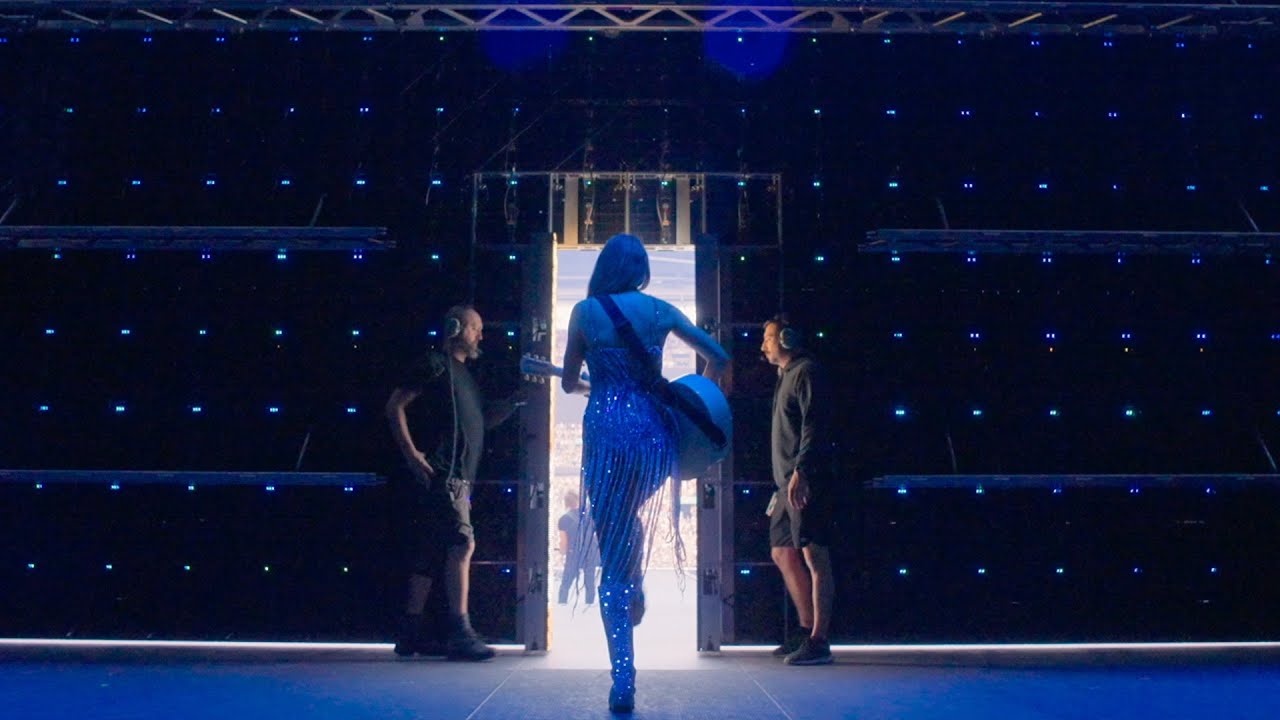10 tips for sketching moving subjects
These strategies will help you to capture humans and animals that just won't stay still.

Most of us have drawn and painted posed models in the confines of a studio. Or we’ve sketched animals in a taxidermy collection. It may be easier to draw such a subject that holds still in controlled light conditions, but the results can often look lifeless and unnatural, more mannequin than man.
The remedy is to head outside and hunt for lifelike poses and authentic lighting – real humans and real animals alive in their natural habitat. However, sketching moving subjects from observation is a formidable challenge that can frustrate even the most capable artist. In this feature, I will share my top 10 strategies of how to draw moving subjects.
01. Start with simple tools
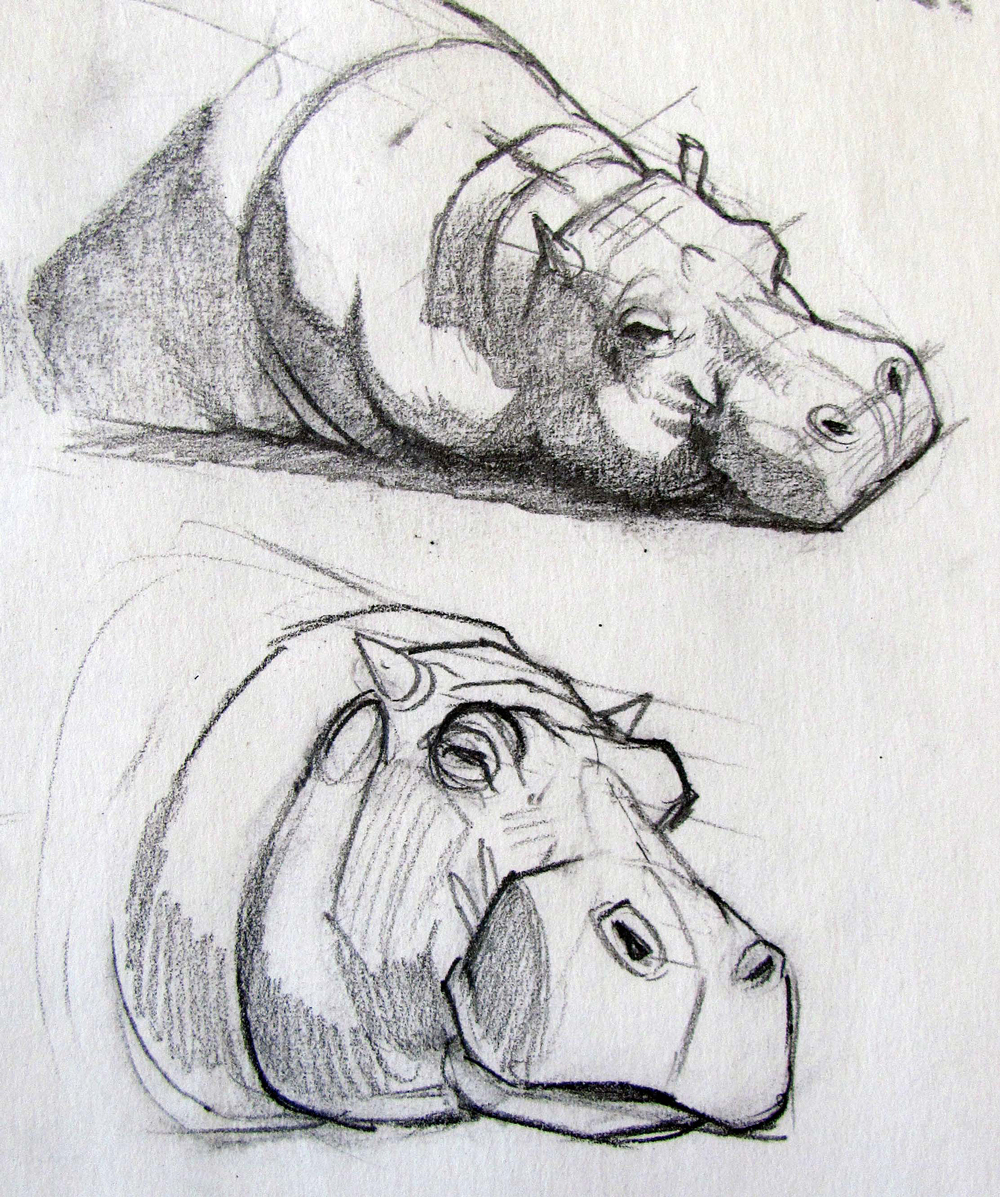
The simplest set-up for sketching people and animals is a graphite pencil or a ballpoint pen and paper. If you want to add some colour you can use a small set of water-soluble coloured pencils, perhaps yellow ochre, red-brown, dark brown, and black (for some options, look at our guide to the best pencils for artists).
These can be dissolved with a water brush (a hollow-handled refillable tool with a nylon tip). I like to have a second water brush filled with a convenient background colour, such as dark blue or black. There is a variety of brush pens available that will let you sketch quickly with all the advantages of a brush, but without the need to dip into a reservoir of ink or paint.
02. Sketch key poses
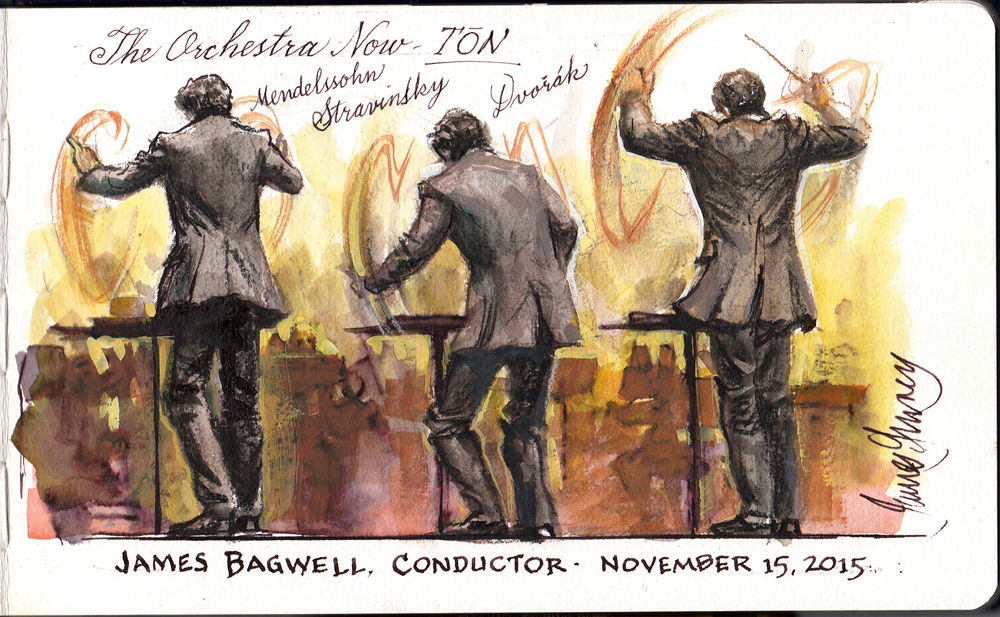
If an animal or person is awake and moving, they’re not going to stay in the same position for very long. So observe them for a while before you start drawing. Look for characteristic poses that your subject keeps returning to. Try to get a feel for how long they’ll stay in each position. Even if it is standing, a horse will shift its weight from one leg to another, but it will eventually return to its first position.
Start in the upper-left corner of your paper and draw quick little thumbnails sketches of each of the most characteristic poses. Don’t bother erasing, just start light and leave the first statement of action. Each sketch is like a snapshot from the continuous action going on in front of you. The set of small studies will be a summary of key poses and the range of motion.
03. Learn the structure
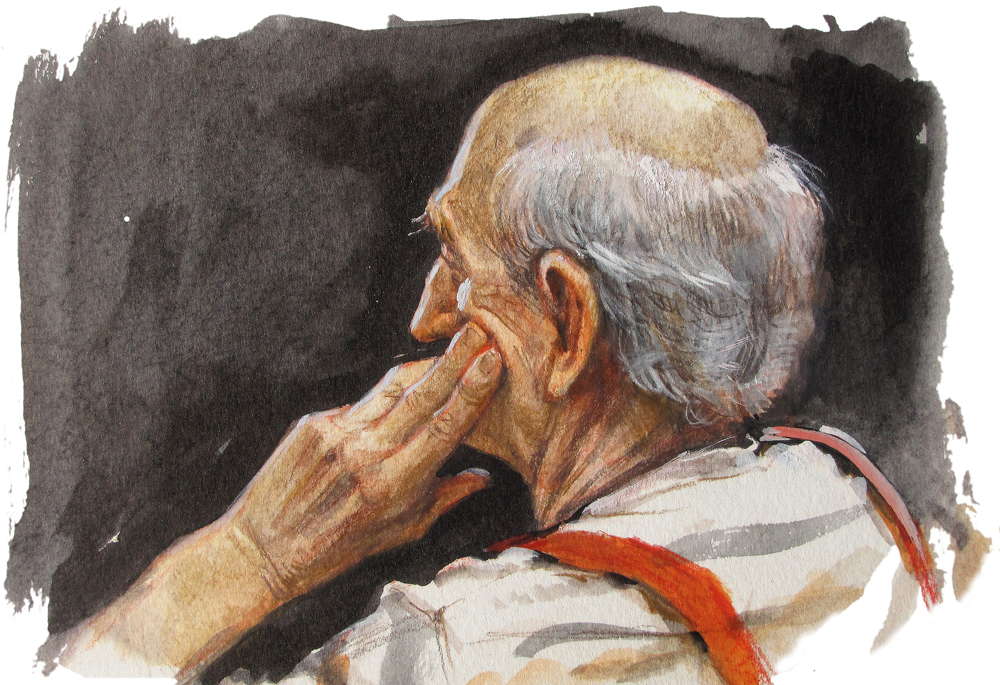
If you want to draw from memory, practise copying simplified skeletons and structural breakdowns of humans and animals it becomes are second nature. It’s essential to know the basic forms of the skeleton. You can study diagrams in books, but I prefer to go to a museum with good skeletons and work from those, because that’s the only way you’ll get a sense of the three dimensions. As you’re sketching someone, switch your eyes to ‘x-ray vision’ and imagine what the skeleton is doing underneath.
Daily design news, reviews, how-tos and more, as picked by the editors.
04. Let sleeping dogs lie

If you’re lucky, you might catch an animal or a person sleeping. A dog will typically hold a sleeping pose for 10 or 15 minutes, but you never know when they’ll shift position. Since I don’t own a dog, I often draw and paint canines that belong to friends and acquaintances. It often helps to take the dog for a walk before sketching it. The walk tires out the dog so that it will settle down. Also, if the dog is just getting to know you, a walk makes the dog more comfortable with you.
05. Remain inconspicuous

When I’m sitting on a bench, in a restaurant or in a concert audience, I can’t hold the sketchbook anywhere near the line of sight, because setting up an easel isn’t an option. Also, I like to remain relatively inconspicuous.
With the sketchbook down in my lap, there are two issues to overcome – head bobbing and accuracy. To avoid head bobbing, I tip my head forward to a middle angle, and I adjust my reading glasses to the best angle, so I can see the sketch and flick my eyes up to see the subject without moving my head. To improve accuracy, because I can’t reach out my arm to do sight-size measurements, I make mental notes of slopes and alignments during the lay-in stage.
06. Sketch musicians

Musicians make great subjects because, although they move a lot, they come back to certain poses. The amount that they shift varies a lot, depending on the performer and the kind of instrument. A few are reliably rock-steady – Irish flautists, for example, especially if they are playing into a microphone.
Be aware of the etiquette: If the venues are free, or outdoors, or in a pub, the vibe is more relaxed. If in doubt about whether it’s OK to sketch during a performance, it doesn’t hurt to ask. If you can, ask permission to come to rehearsals.
07. Try the flash-glance technique

If you’re dealing with fast action, here’s a tip for making your eyes work like a high-speed camera. As you watch your subject, snap your eyes closed from time to time. The last pose that you glimpsed will hover in your short-term memory for a few fractions of a second. I call this after-image the ‘flash-glance’, and it’s usually enough to recall the basic silhouette or limb positions for a quick notation.
This can work especially well at dance performances and sporting events, where you’re likely to see actions repeated, and you already have an idea of what the extreme poses might look like. At first, when you try this technique, just try to sketch what you really remember observing. Over time, you’ll be able to recall more details of the pose.
08. Train your memory

Knowledge, memory, and imagination are closely related. You can make the most progress when you alternate between observation, book study, and memory. You can draw an animal from life, and then draw that pose later in your sketchbook just from memory.
Even if that memory sketch doesn’t look very good, it helps you come face to face with what you know and what you don’t know. Then, back in the studio, you can supplement gaps in your knowledge by sketching from action photos. The more you can internalise the animal’s structure, the better you can refine a sketch when the person or animal has changed position.
09. Practice on friends
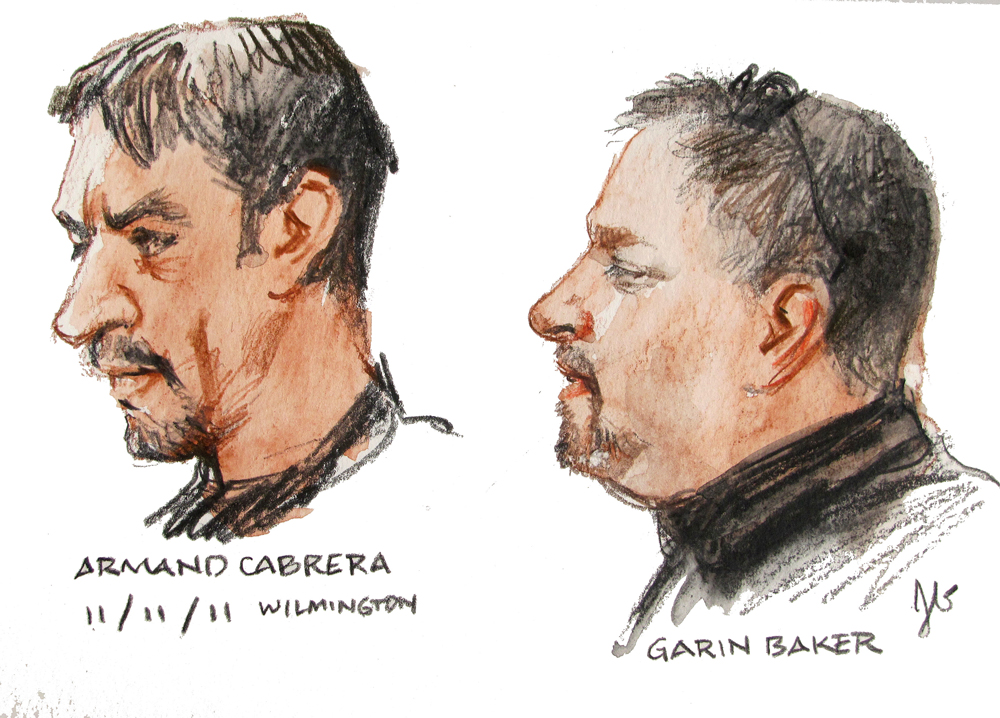
Art friends usually don’t mind being sketched, because they understand what you’re trying to do. You can sketch them at a pub, a studio, or a restaurant. At a restaurant, you’ve got about 15-20 minutes after you order your meal while you wait for your food. Of course, everyone will be not holding still, plus you want to add something to the conversation.
It helps to sit in a seat with good lighting on your work and on your subject. Look at and ‘around’ the person you’re sketching. As they talk and gesture, think about what pose and posture is most typical of that person.
10. Visit zoos and farms to sketch animals
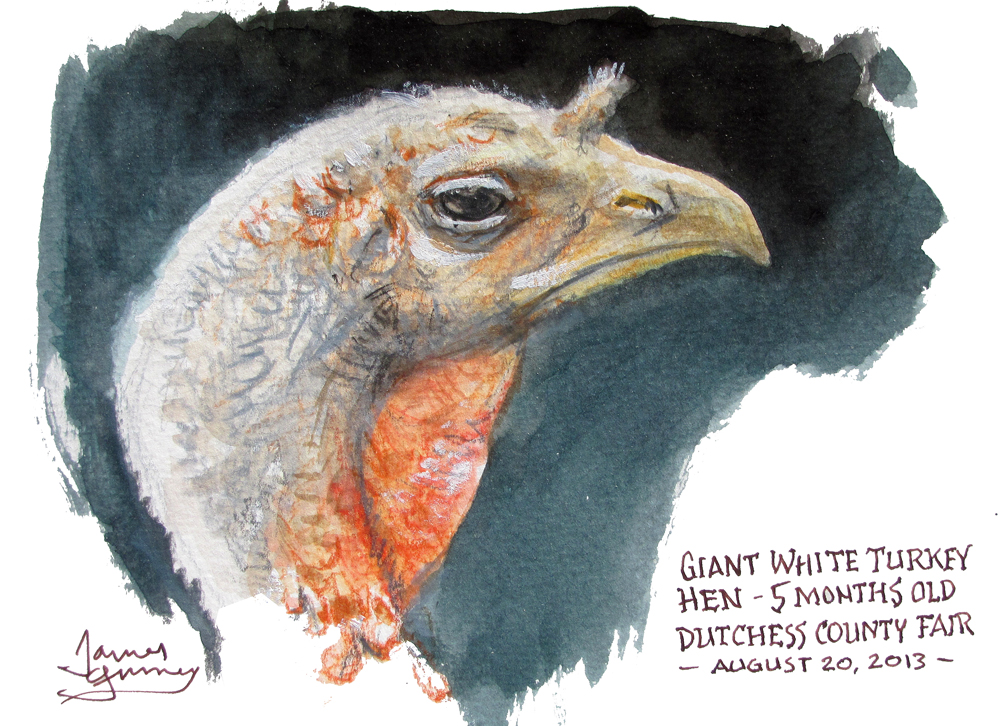
Zoos offer a great opportunity to sketch animals that would be difficult to observe in the wild. The animals often return to the same poses or movements so you can spend more time on your sketch. If you talk to one of the keepers, they can tell you about the animal’s schedule and feeding routine, and which parts of the zoo are likely to be least crowded.
If the zoo has large habitat-style enclosures, you can set up a spotting scope on a tripod to bring you closer to the details. Farms and agricultural shows also offer the chance to observe fine specimens of domesticated animals up close, as long as you don’t mind the crowds.
Related articles:
